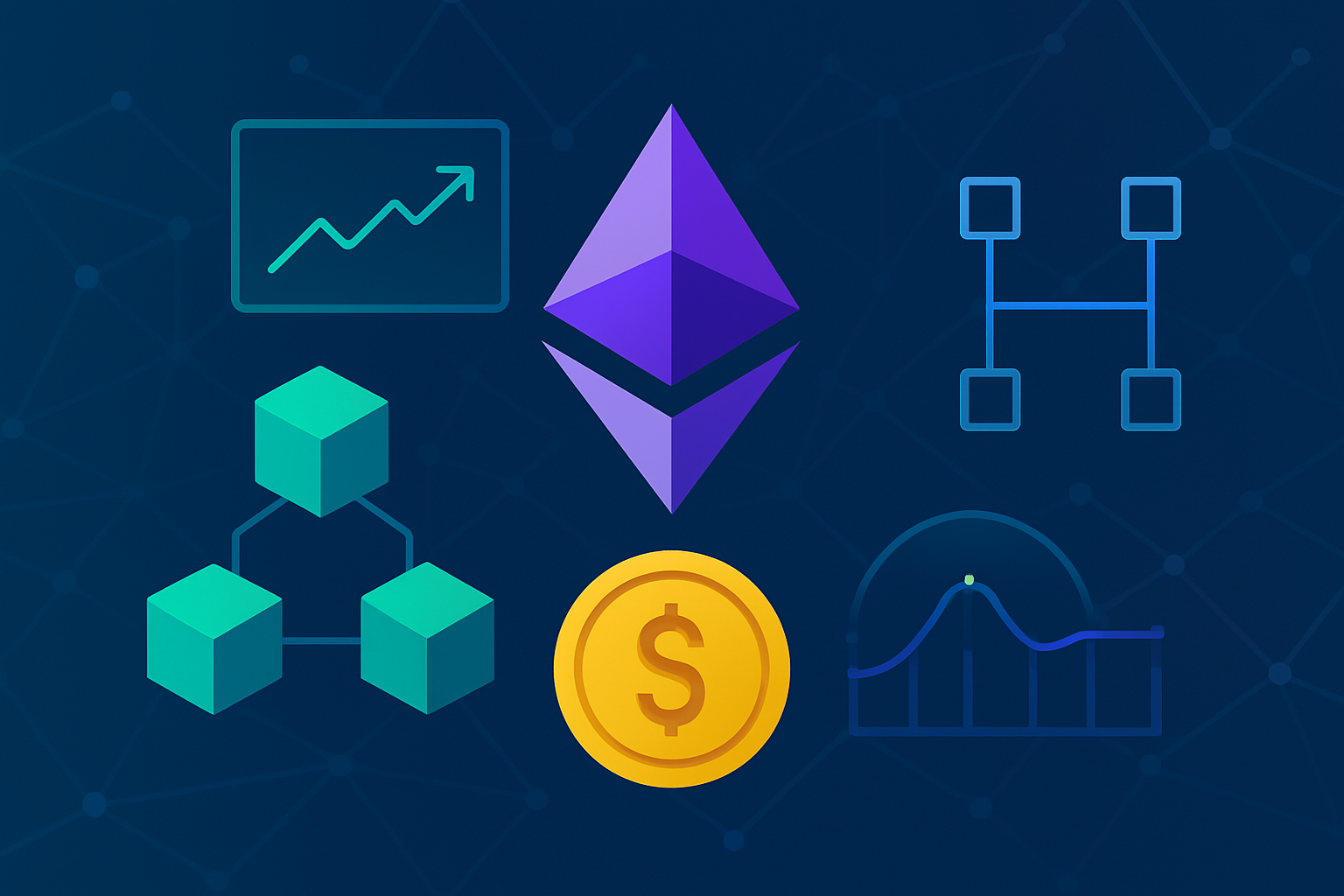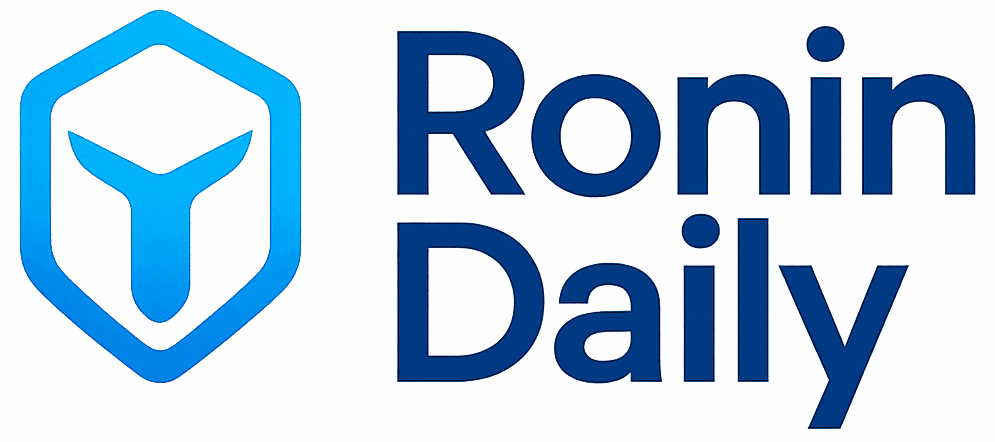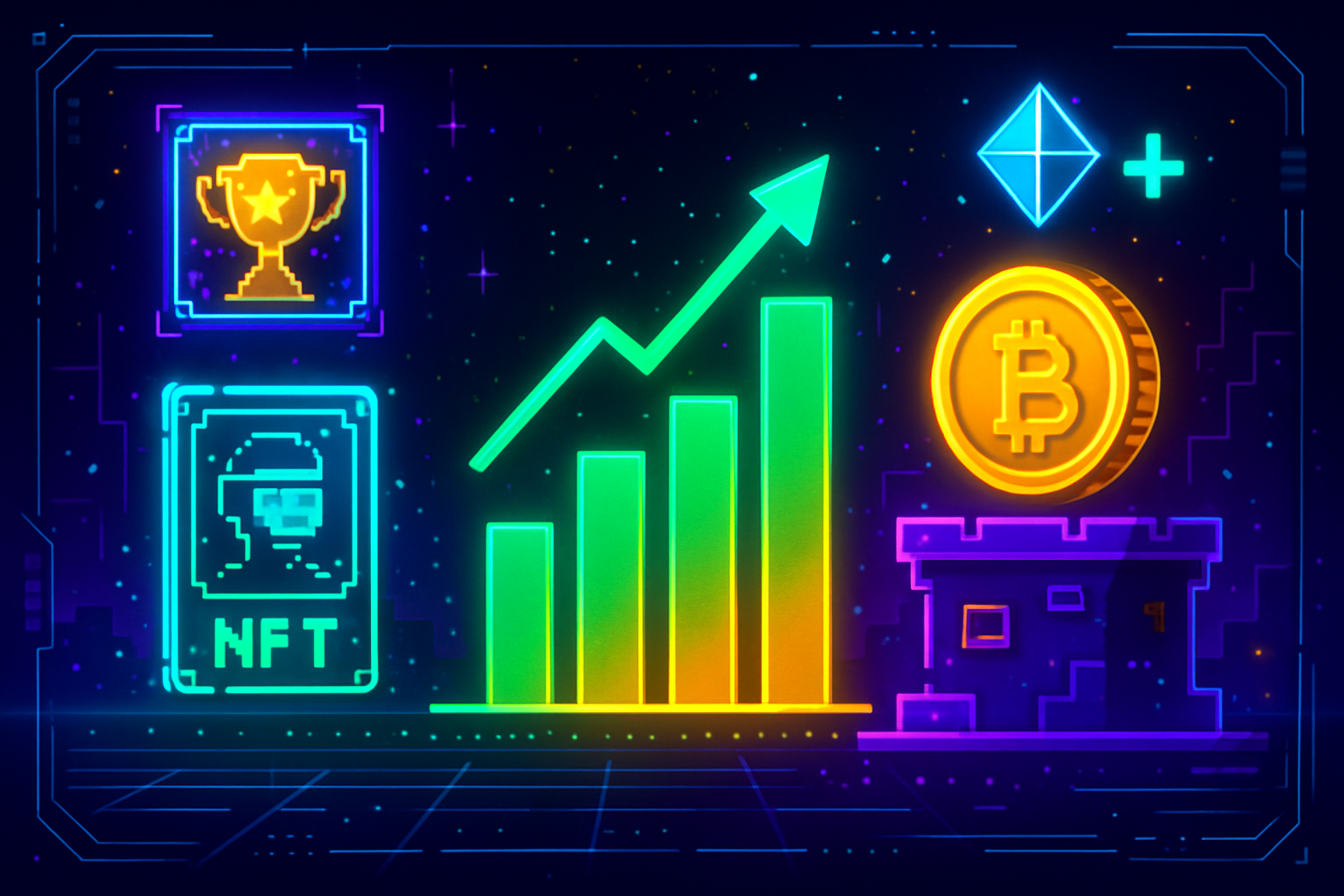
Ronin Network’s evolution from a sidechain purpose-built for Axie Infinity to a full-fledged Ethereum Layer 2, powered by Optimism’s OP Stack, is one of the most consequential moves in blockchain gaming’s recent history. This transition is not just a technical upgrade; it represents a strategic realignment with Ethereum’s security and composability, positioning Ronin at the forefront of Web3 gaming innovation as we head into 2025.
![]()
Why Ronin Is Migrating to Ethereum Layer 2
Ronin was initially architected as an independent sidechain to solve Ethereum’s congestion and high fees for play-to-earn games like Axie Infinity. While this approach delivered immediate scaling benefits, it also exposed the network to unique security risks and limited its interoperability with the broader Ethereum ecosystem. The migration to an Ethereum Layer 2 using Optimism’s OP Stack directly addresses these pain points by:
- Inheriting Ethereum’s Security: By anchoring its consensus to Ethereum, Ronin can leverage battle-tested security primitives that have proven resilient against sophisticated attacks.
- Unlocking Interoperability: As part of Optimism’s Superchain network, Ronin-based assets and games will gain seamless access to the wider universe of Ethereum applications and liquidity pools.
- Boosting Transaction Performance: The integration is projected to deliver block times between 100,200 milliseconds and throughput up to one million transactions per second, orders of magnitude beyond typical L1 or legacy sidechain performance.
Supercharging Web3 Gaming: Speed, Scale, Security
The implications for Web3 gaming are profound. With transaction speeds rivaling traditional Web2 platforms and dramatically reduced latency, developers can now architect complex gameplay mechanics, think real-time PvP battles or dynamic NFT economies, without worrying about network bottlenecks. For users, this means smoother in-game experiences and instant settlement of assets.
Security, long a sticking point for sidechains after high-profile exploits in earlier years, sees a significant upgrade. By becoming an L2 secured by Ethereum, Ronin drastically reduces attack vectors while maintaining sovereignty over game logic and tokenomics. This is likely to restore confidence among institutional partners and retail players alike.
The move also brings substantial developer incentives. Up to $7 million in milestone-based grants are being unlocked from the Optimism Foundation, Eigen Labs, and Boundless Foundation. These funds are earmarked for ecosystem growth, everything from new game launches to infrastructure tooling, making Ronin one of the most attractive destinations for Web3 game studios in 2025.
The Superchain Effect: Interoperability as a Catalyst
The integration with Optimism’s Superchain architecture cannot be overstated. As part of this interconnected network of rollups sharing liquidity and security under the Ethereum umbrella, Ronin gains unprecedented composability. Game assets minted on Ronin will be transferable across other Superchain participants without bridging headaches or security trade-offs, a major leap toward a unified blockchain gaming experience.
This interoperability opens doors for collaborative events between games on different chains (e. g. , cross-platform tournaments), shared NFT marketplaces, and even DeFi integrations that were previously impractical due to siloed infrastructure. The result? A more vibrant ecosystem where user acquisition costs drop and player engagement soars, a virtuous cycle fueling both innovation and adoption.
For developers, the Superchain connection means access to a wider set of composable protocols and liquidity. Instead of building in isolation, Ronin game studios can now tap into the tooling, middleware, and financial primitives available across Ethereum’s L2 landscape. This collaborative environment is expected to accelerate the rollout of advanced features like on-chain tournaments, interoperable NFT economies, and permissionless modding platforms that were previously out of reach for most Web3 games.
Players stand to benefit from more than just faster gameplay. The ability to transfer assets between games and ecosystems without friction, thanks to standardization across Superchain rollups, enables true digital ownership. Players can bring their NFTs or tokens from one title to another or even leverage them in DeFi protocols for staking and lending. This fluidity is a cornerstone for mainstream adoption, as it aligns with user expectations shaped by traditional gaming and finance.
What’s Next: Roadmap, Risks, and Community Response
The transition is not without its challenges. The final hardfork completing Ronin’s Layer 2 upgrade is scheduled for Q1, Q2 2026, leaving a window where both technical integration and community governance will be stress-tested. Key risks include potential migration hiccups for existing dApps, evolving regulatory scrutiny on cross-chain asset flows, and the need for ongoing validator coordination as Ronin adapts to Optimism’s shared security model.
However, the market response so far has been overwhelmingly positive. Developers are already exploring how milestone-based grants, up to $7 million, can fund ambitious projects that push the boundaries of blockchain gaming. Players, many of whom experienced congestion or exploits on legacy sidechains, have voiced renewed confidence in Ronin’s future as part of Ethereum’s security umbrella.
The move also positions Ronin as a model for other application-specific chains considering L2 migration. By demonstrating how sidechains can evolve into secure, interoperable rollups without sacrificing sovereignty or user experience, Ronin blazes a trail that could reshape the Web3 gaming sector in 2025 and beyond.
For those tracking industry trends or building in this space, it’s clear that Ronin Network’s L2 migration with OP Stack is more than just an upgrade, it’s a bet on Ethereum-centric composability as the foundation for next-generation gaming experiences. As we approach 2026, all eyes will be on how quickly developers harness these new capabilities, and whether players respond by making Ronin-powered games their platform of choice.



